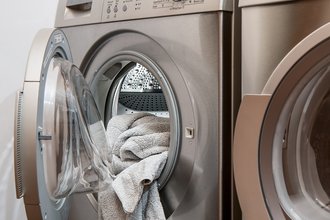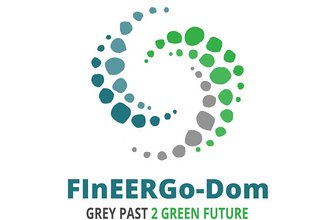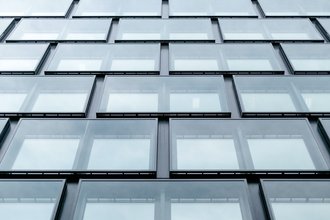Modern Buildings
Energy efficiency first: modernize buildings
The operation of buildings requires energy, mainly for heating. Natural gas and heating oil are often used for this purpose. The sector is therefore currently responsible for around 10% of Austria's total greenhouse gas emissions. In the area of space heating, which is responsible for almost a quarter of final energy consumption, only around a third of renewable energy is used.
Energy efficiency as a major lever for climate neutrality
In addition to the operation of heating, air conditioning or other devices with renewable energy, the more efficient use of the energy used is a decisive lever. Low heating and cooling loads can be achieved in new buildings through low-energy or passive house construction and by improving the thermal quality of existing buildings - by replacing windows or insulating them.
We provide answers for modern buildings
Our team of construction engineers, architects and experts with an economic background provides answers to the question of what constitutes buildings in the climate-neutral future - and how the built environment can also meet social requirements in addition to ecological aspects. Approaches that accelerate the modernization of buildings and at the same time ensure high quality are particularly important to us.
Contact Persons

Head of Center Buildings & Energy Efficiency Monitoring
DI Dr. Günter Simader Email addressguenter.simader@energyagency.at





![[Translate to English:]](/fileadmin/_processed_/f/2/csm_tunes_vorschaubild_1_dcb9e1c2d5.png)




